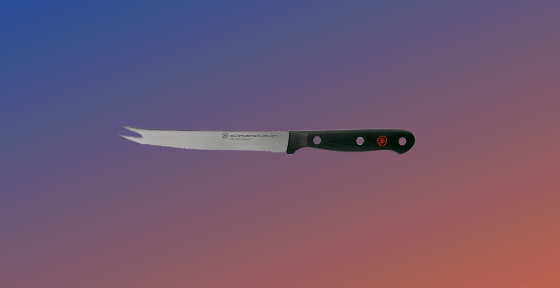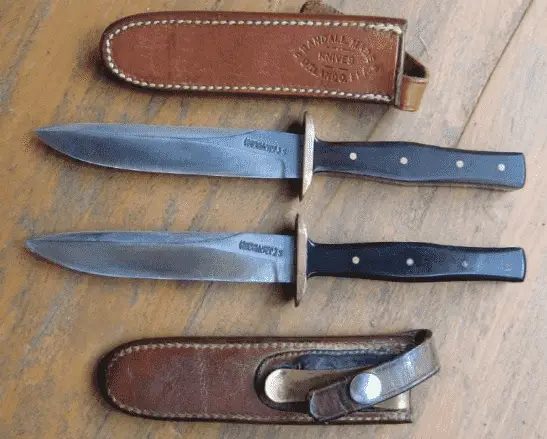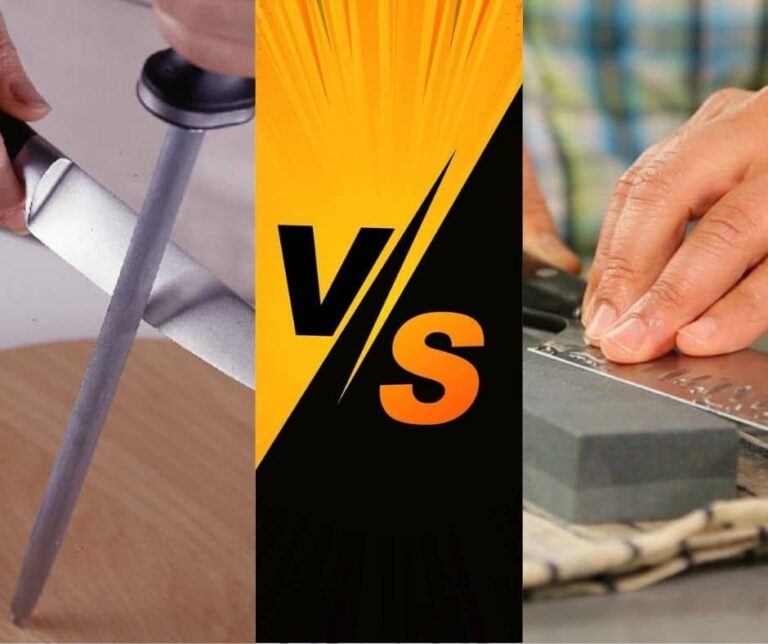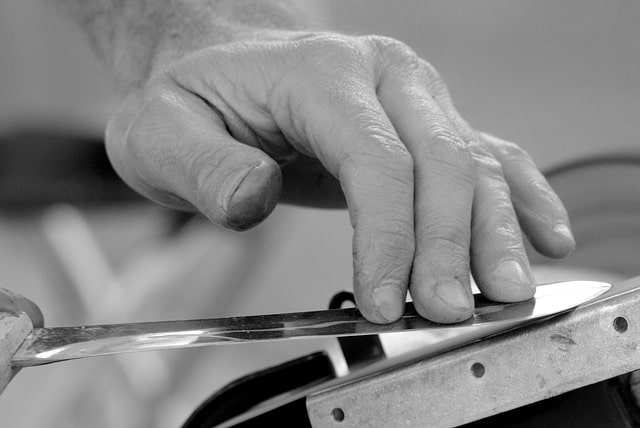I believe that we have been talking about knives for some time now, and I have been implying that you use your knives as safely as possible.
From promoting better knife sharpening techniques to ensuring you only use butterfly knife trainers when learning balisong tricks, I can’t recount how many times I have discussed knife safety tips on this website.
However, it just recently occurred to me that I have been talking about these safe handling and usage rules, but never thought to put them all in one place. So, here goes one of the most comprehensive, if not the most comprehensive, list of knife safety tips for you.
PS I have another dedicated piece to proper knife storage and maintenance that you might want to check out.
Table of Contents
The Ultimate Knife Safety Guide
For better navigation and understanding, I split these knife usage and safety measures into multiple headings.
It also helps to keep things organized and easy to read.
Which reminds me. Keeping your knives organized, when you have multiple knives, is a great safety rule also.
Tip: Go here to download a printable knife safety infographic for your children’s classes, workplace, kitchen etc.
General Usage Safety Tips

These tips are designed to keep yourself, your loved ones, and others safe when using a knife of any kind:
- Keep your knives sharp. A dull knife requires more effort and vigor to cut with. This could end up causing you to injure yourself. Go to the whetstone sharpening guide to learn how to recover the sharp edge on your knife. You could also check these other unconventional methods to sharpen a knife.
- Know your knives. Never use the wrong knife for any task. For example, you don’t cut through meat with a paring knife when a chef knife or a meat cleaver would have done. Check out the knife identification chart to get familiar with different kinds of knives and what they are best used for.
- Keep away from the knife edge. Even if the knife edge has gone dull, don’t touch the edges still. No matter how dull they are, the residual sharpness is enough to nick or cut you badly.
- Prepare your workspace better. Putting a towel/ damp cloth under your cutting board helps prevent slips. This is most important when you are cutting on slippery surfaces like kitchen countertops.
- Place your knives properly. When not in current use, don’t place the knife near the edges of countertops or other places where they could easily fall off. The knife could fall on your feet, a pet, or a child this way.
- Sharpen knives properly. If you cannot sharpen your knives yourself, go through this guide. Sometimes, you might need to only hone the knife. If you are not convinced of being able to do this yourself, seek out a professional to sharpen your knives for you.
- Don’t lick your knife. It might have looked badass when you saw this in the movies, but you could be setting yourself up for a trip to the ICU. Don’t ever lick anything off your knife, no matter how seemingly dull you feel the knife is.
- Store knives properly. Look at my guide on knife storage and maintenance tips for a comprehensive approach to this.
Knife Handling Tips

Even if you were not in the kitchen but you’re with a knife, these tips will help compose yourself better and stay safer in the process.
- Don’t catch falling knives. If your knives are made of premium materials, a single fall won’t ruin it anyways. Let it fall, bounce around for a bit, then you pick it up. By no means should you try to break the knife’s fall with your feet either.
- Leave knife when not in use. Say, you get distracted when using a knife, leave it to rest by its side. Only take the knife up to continue using it when you’ll be actively concentrating on what you’re cutting.
- Walking with a knife is an art. Don’t walk with a knife with your hand on the handle, pointed forward or backward. Someone unsuspecting might run into you this way. Instead, hold the knife firmly by the bevel, using your thumb and index fingers, and pointing the tip down. That minimizes the risks of unintendedly hurting someone with the former strong grip on the handle.
- Pass knives safely. Don’t hand knives to other people directly. Place the knife on a flat surface close to the recipient, allowing them to pick it up.
- Wear protective clothing. In industrial applications, protective gear (such as steel mesh/ gloves) provided to work with knives should be worn at all times.
- Get blade guards for your knives. Especially if the knives are newly purchased, these blade guards keep the sharp edges safe – and the users safer – when the knives are not in use. Pick this Food-safe 10-Piece protector from Chef Sac up on Amazon with your next order.
- Keep knives in the open. For the same reasons why we tell kids to never keep razors, pins, and other sharp objects in their pockets. A hidden knife can be accidentally grabbed, stumbled upon, etc, and that is bad news.
- Eliminate all horseplay. Knives are functional tools and can be very dangerous in the wrong situations. Unless it is a trainer knife/ prop (which can still be dangerous in its way), don’t engage in any rough plays with knives.
- Learn to open and close pocket knives safely. Check this guide to see the different kinds of pocket knives and how they can be safely opened and closed.
Cutting with a Knife
- Always look at what you’re cutting. That way, you don’t cut too close to your fingers.
- Cut away from the body. That is how the knives are designed to be used, anyway. Don’t try anything funny.
- Tuck your thumb. When holding food items to be cut, form the rest of your fingers into a claw to hold the food item down while your thumb is tucked behind them.
- Two is a crowd. No two persons should cut in the same small space/ on the same cutting board at the same time. An event as small as bumping elbows could be disastrous.
- Palm, not cutting board. I mentioned here on this blog that I have once cut myself this way. Don’t try to risk it and use your palm as a cutting board.
- Keep your hands dry. A greasy/ wet hand doesn’t hold a knife as well as it should. Keep your hands clean and dry when handling these blades.
- Use good knives. Avoid damaged knives at all costs. Once your knives go bad, it is time to get another one. Check out these buying guides to pick what knife is best for you.
- Scrape properly. When scraping things (such as peeling potatoes or tree bark) with a knife, make sure you are working the knife such that the blade points away from you. Many people make the mistake of scraping towards themselves.
- Less is more. Never try to make the knife cut more than it can handle at any one time
Stay Safer Today
You can use your knives for life and never have a related injury from any of your cutting sessions. Respect the work that the knife does and the inherent danger that it poses too. Take all of the knife safety tips and precautions on this list into consideration and you will be glad for it.
Get your kids, students, family members, and other loved ones started on these basic safety measures today also. You can also download the infographic, print and pin it to your kitchen/ other areas where knives are used around you.
That way, these safety practices are always in sight and everyone has no excuse to not follow them.

![26 Knife Safety Tips for Kids & Adults [+ Infographic]](https://cutsandcarves.com/wp-content/uploads/2021/06/26-Knife-Safety-Tips-for-Kids-Adults-Infographic.jpg)





